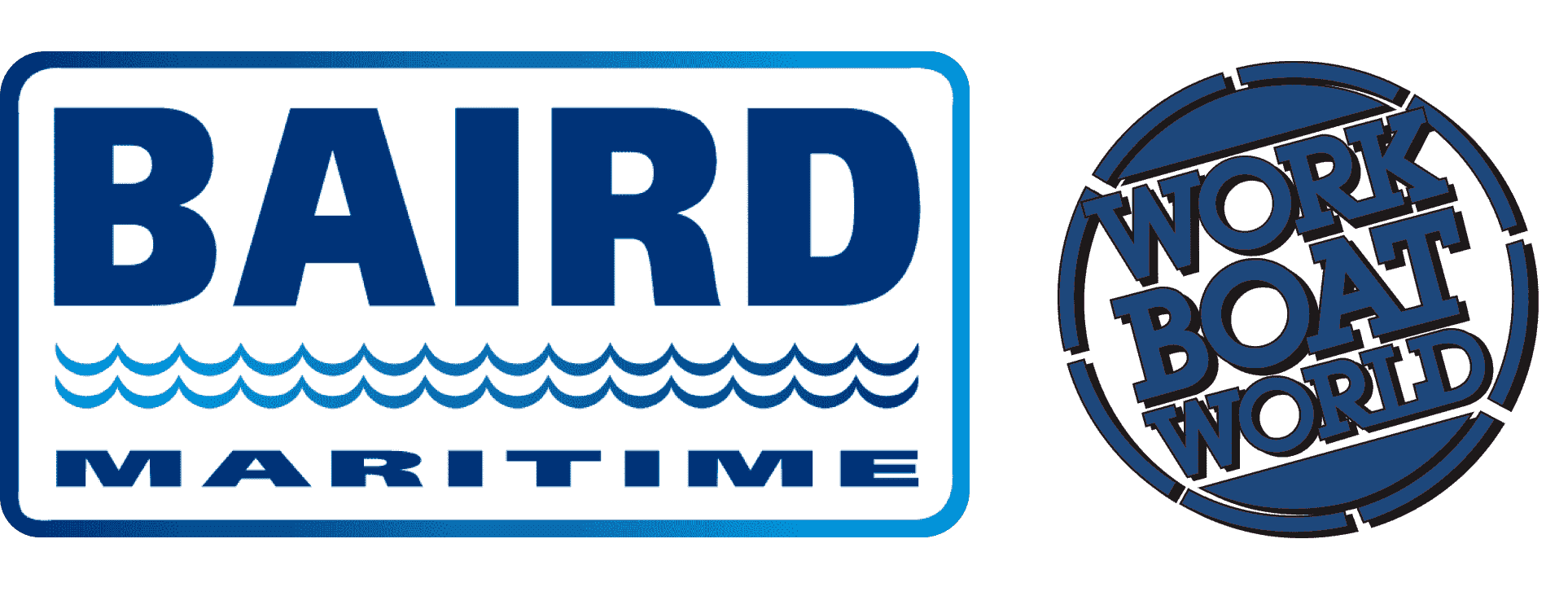Researchers identify 237-year-old shipwreck on Scotland's Sanday Island
The identity of a shipwreck discovered in February 2024 and rescued by the community on the island of Sanday in Scotland's Orkney Islands has been revealed thanks to the combined efforts of archaeologists from Wessex Archaeology, scientists from Dendrochronicle, and a team of community researchers with support from Historic Environment Scotland.
Wessex Archaeology said all available evidence points to the wreck being that of Earl of Chatham, a London whaling ship that had previously served as a Royal Navy vessel named HMS Hind before she became a whaler.
Earl of Chatham was wrecked on the island in March 1788 with 56 sailors on board whilst making the voyage from the River Thames to the Arctic for the spring/summer whaling season. All 56 of her crew survived.
The ship was built in Chichester in 1749 for the Royal Navy and as HMS Hind, she saw many years of active service including conflicts such as the sieges of Louisbourg and Quebec in the 1750s and in the American Revolutionary War.
Once she was decommissioned, she was sold and renamed Earl of Chatham, becoming a 500-ton whaling ship. This was common for Royal Navy ships as their build quality allowed them to withstand the icy conditions of British whaling routes.
As Earl of Chatham, the ship completed four seasons in the Arctic before ultimately meeting her end in the Bay of Lopness in March 1788.
Using samples taken from the timbers, experts from Dendrochronicle analysed tree rings to determine the ship's age and her origin. The results gave a range of definite felling dates between 1748 and 1762 for some and 1750s-1780s for others and confirmation that the wood used to build and repair the ship came from the south and southwest of England.
Wessex Archaeology said this evidence equipped the community of 20 researchers with key information to begin their own efforts to search through local and national records and archives.
Narrowing down the shortlist using the scientific results to filter out impossible and unlikely candidates, the research team, which includes members of the Sanday Heritage Group and the Orkney Archaeology Society, accessed further archive material extending back to 1764.
This means they were able to intensify their search and hone in on specific details of potential candidates like construction methods, materials used, and the size of the ship to lead them to the most likely candidate.
Further research into naval records at the National Archives and National Maritime Museum in London revealed that Earl of Chatham had previously been HMS Hind, a 24-gun frigate.
Researchers discovered that after her long naval career, Hind was considered surplus to requirements and was sold out of the Royal Navy in January 1784. The London shipowner and merchant Theophilus Pritzler bought the ship and she embarked on her second career as a whaling ship, which would ultimately lead to her wrecking in Orkney.


